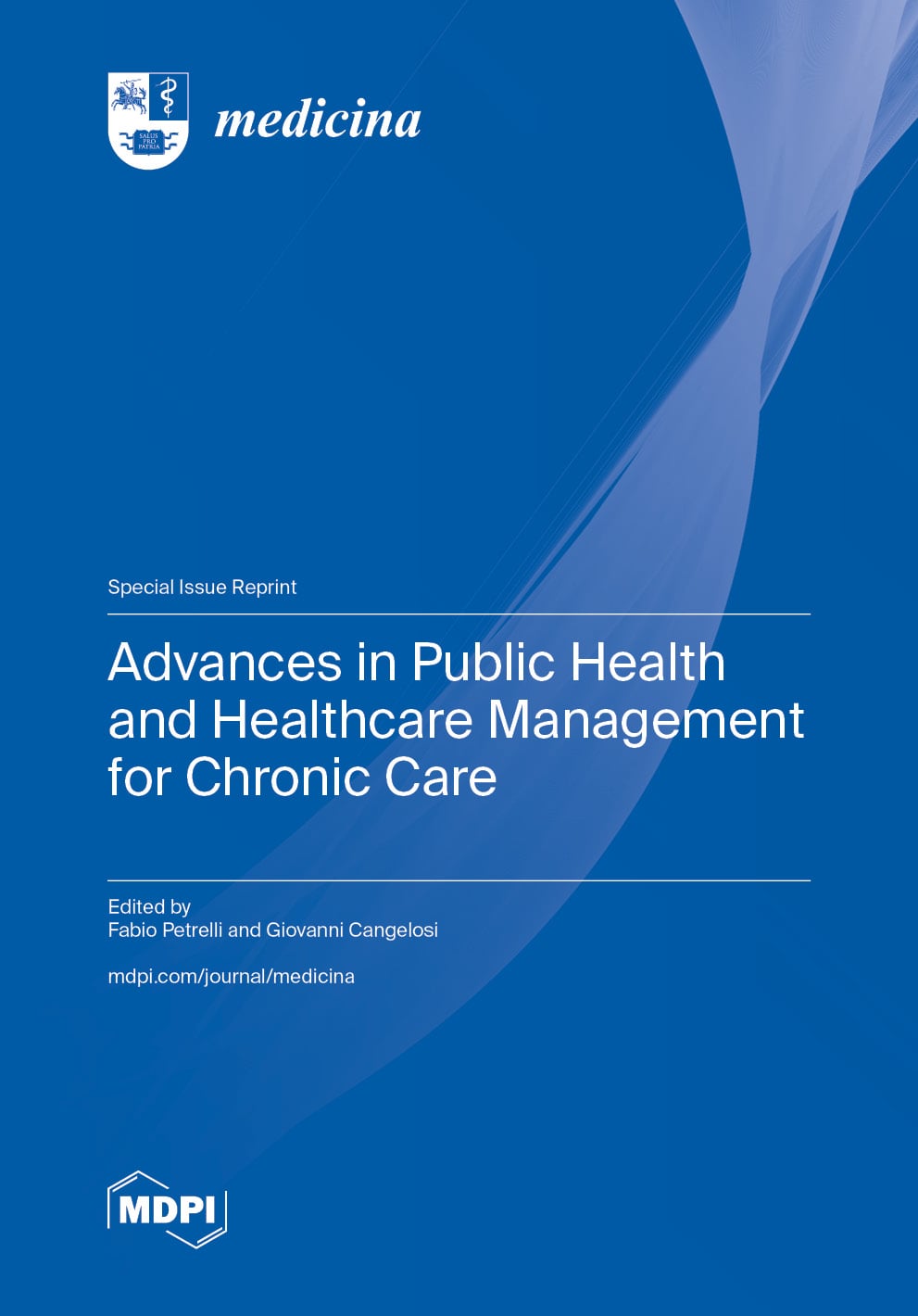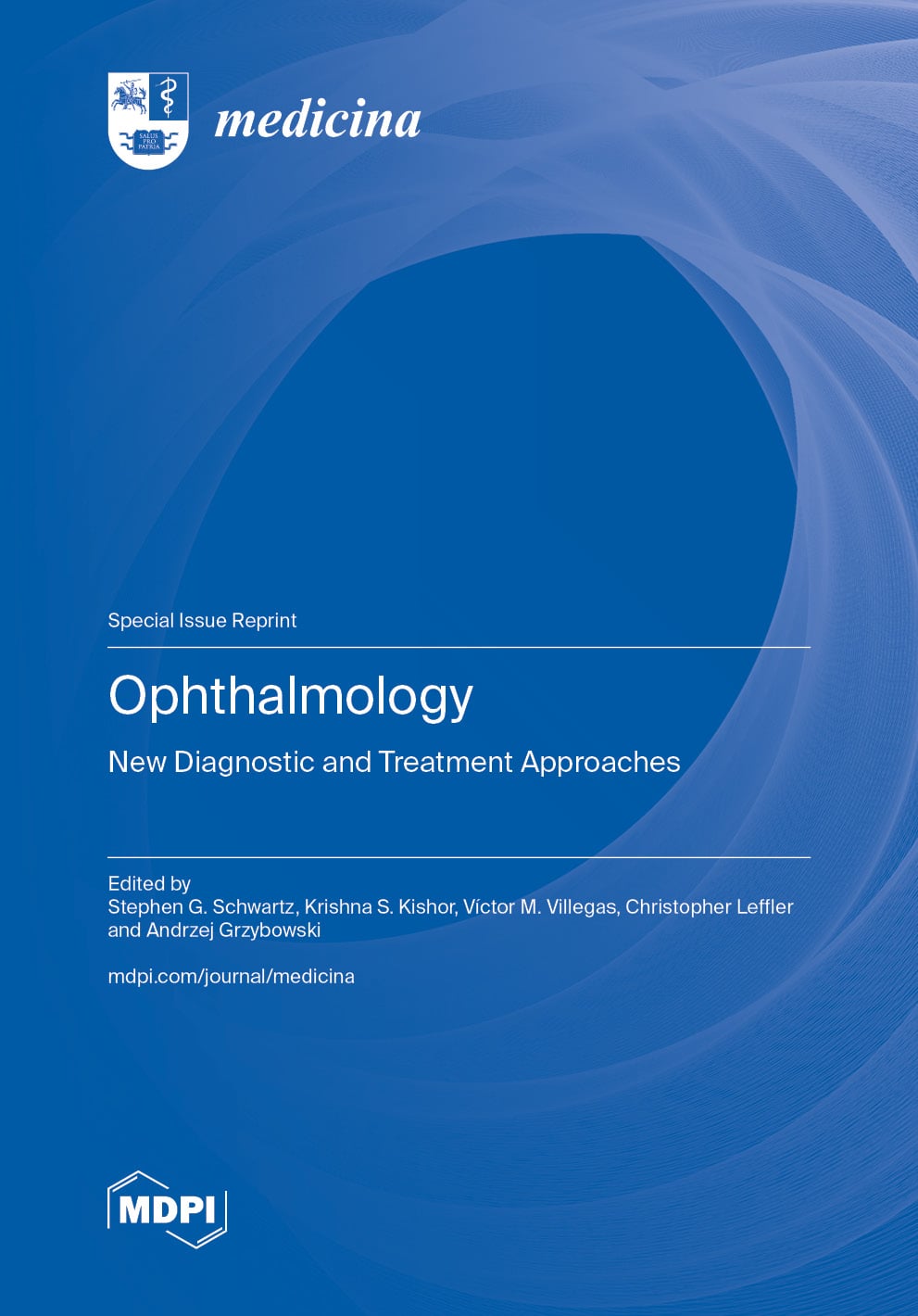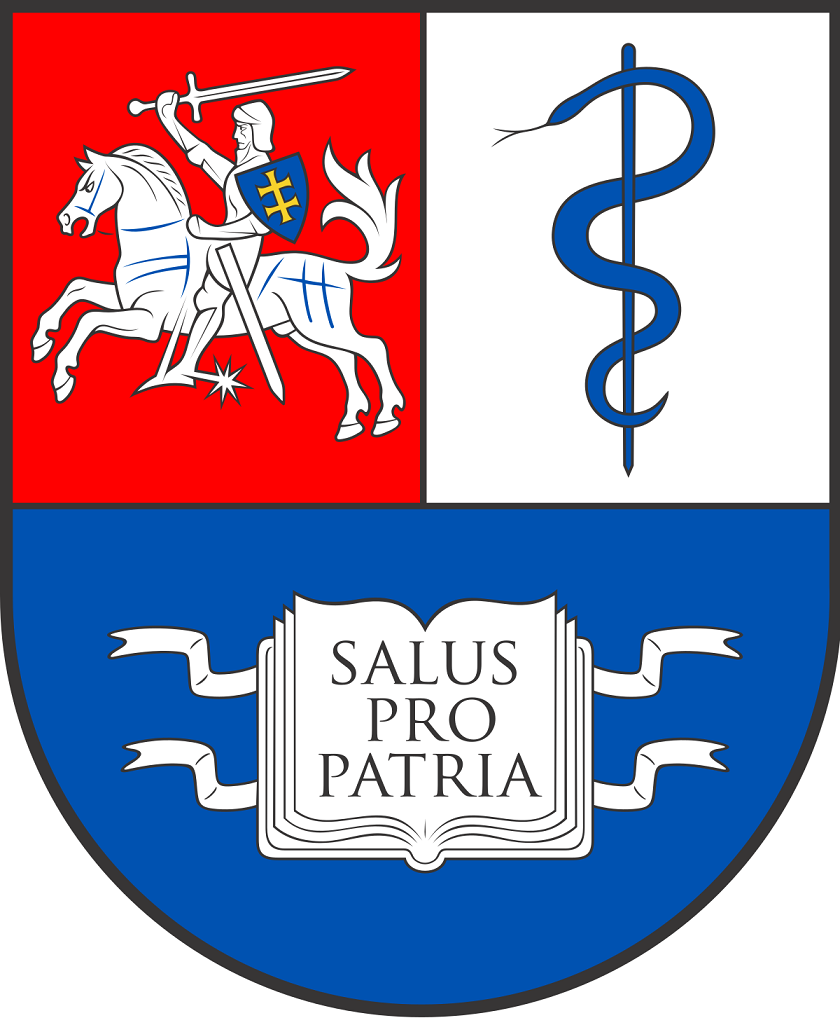- 2.4Impact Factor
- 4.1CiteScore
- 18 daysTime to First Decision
Medicina
Medicina is an international, peer-reviewed, open access journal covering all problems related to medicine, and is published monthly online.
It is the official journal of the Lithuanian University of Health Sciences (LUHS). The Lithuanian Medical Association (LMA), Vilnius University, Rīga Stradiņš University, University of Latvia, and University of Tartu are affiliated with Medicina, serving as their official journal. Members of these organizations receive discounts on the article processing charges.
Indexed in PubMed | Quartile Ranking JCR - Q1 (Medicine, General and Internal)
All Articles
News & Conferences
Issues
Open for Submission
Editor's Choice
Reprints of Collections

Reprint
Advances in Public Health and Healthcare Management for Chronic Care
Editors: Fabio Petrelli, Giovanni Cangelosi

Reprint
Ophthalmology
New Diagnostic and Treatment ApproachesEditors: Stephen G. Schwartz, Krishna S. Kishor, Victor M. Villegas, Christopher Leffler, Andrzej Grzybowski




